What is a urinary tract infection (UTI)?
A urinary tract infection (UTI) is an infection of the urinary system which involves the urethra (a condition called urethritis), kidneys (a condition called pyelonephritis) or bladder, (a condition called cystitis) and ureters. The bacteria can get into the urinary system from outside of the body, causing problems like infection and inflammation.
In general, for the women the chances of getting a urinary tract infection is high. As per the recent studies, the risk of getting the infections is as high as 1 in 2, with many women having repeat infections, sometimes for years. In the case of men, about 1 in 10 men will get a UTI in their lifetime.
What are the Symptoms of UTI?
The symptoms of a UTI can include:
- A burning feeling when you pee
- A frequent or intense urge to pee, even though little comes out when you do
- Cloudy, dark, bloody, or strange-smelling pee
- Feeling tired or shaky
- Fever or chills (a sign that the infection may have reached your kidneys)
- Pain or pressure in your back or lower abdomen
What are types of UTIs?
The infection can occur in different parts of your urinary tract. Each type of infection has a different name, based on location of infection.
- Cystitis (bladder): Due to this infection, you might feel like you need to pee a lot, or it might hurt when you pee. You might also have lower belly pain and cloudy or bloody urine.
- Pyelonephritis (kidneys): This infection can cause fever, chills, nausea, vomiting, and pain in your upper back or side.
- Urethritis (urethra): This can cause a discharge and burning when you pee.
How is the urinary tract infections (UTIs) diagnosed?
The urine infection specialist will use the following tests to diagnose a urinary tract infection:
- Urinalysis: This test will examine the urine for red blood cells, white blood cells and bacteria. The number of white and red blood cells found in your urine can actually indicate an infection.
- Urine culture: A urine culture is used to determine the type of bacteria in your urine. This is an important test because it helps determine the appropriate treatment.
If your infection does not respond to treatment or if you keep getting infections over and over again, following tests need to be done:
- Ultrasound: In this test, sound waves create an image of the internal organs.
- Cystoscopy: This test uses a special instrument fitted with a lens and a light source (cystoscope) to see inside the bladder from the urethra.
- CT scan: Another imaging test, a CT scan is a type of X-ray that takes cross sections of the body (like slices).
What is the UTI treatment?
The treatment options include taking:
- A low dose of an antibiotic over a longer period to help prevent repeat infections
- A single dose of an antibiotic after sex, which is a common infection trigger
- Antibiotics for 1 or 2 days every time symptoms appear
- A non-antibiotic prophylaxis treatment
- At-home urine tests, which you can get without a prescription, can help you decide whether you need to call your doctor.

